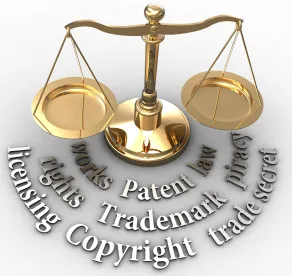The Court of Appeals for the Federal Circuit is poised to decide a case which may create new estoppel concerns for AIA petitioners under 35 USC § 315(e)(2). The appeal resulted from a Hatch-Waxman litigation in BTG v. Amneal, in which the lower court found that the patent claims at issue were invalid over the same prior art that was used in a parallel IPR proceeding, which separately led to a PTAB final written decision of unpatentability for those claims (also separately appealed and consolidated with the Hatch-Waxman appeal). On appeal, the patent owner argued that, immediately upon the PTAB’s rendering of a “final written decision”, § 315(e)(2) thereafter prohibits a petitioner from further asserting unpatentability in parallel litigation on the same grounds that were addressed in the final written decision. The Federal Circuit invited the USPTO to address whether estoppel should apply in this situation.On Feb. 1, 2019, the USPTO filed an amicus brief with the Federal Circuit to address these 4 questions:
1. Whether a petitioner is estopped from challenging claims in district court under 35 U.S.C. § 315(e)(2) based on a ground that it brought in an inter partes review, which resulted in a final written decision holding the claims unpatentable but which has a pending request for rehearing.
2. Whether a decision is a “final written decision” under 35 U.S.C. § 315(e)(2) if the period for rehearing under 37 C.F.R. §42.71(d) has not yet expired.
3. Whether a PTAB decision on the pending requests for rehearing could moot the estoppel issue.
4. Whether a district court can stay a case pending the outcome of a request for rehearing of a final written decision and/or appeal from a final written decision.
According to the USPTO, the answer to question 1 is “yes”, estoppel should apply, even when there is a pending request for rehearing of the PTAB’s final written decision not yet decided. The USPTO also answered “yes” to question 2, indicating that there is estoppel immediately even if a request for rehearing has not yet been filed. The USPTO found these answers to be supported by the plain language of the statute and also to be consistent with legislative history.
As for question 3, the USPTO noted that the Federal Circuit has consolidated the parallel appeal of the PTAB final written decision with the appeal of the Hatch-Waxman litigation, so if the court affirms the PTAB, then the question of estoppel is moot because the patent will be finally held invalid.
Lastly, for question 4, the USPTO answered “yes”, the district court can issue a stay. The USPTO brief further suggests that a stay may also be issued in Hatch-Waxman litigation.




 />i
/>i

